In February 2021, NVIDIA introduced its Lite Hash Rate (LHR) technology with the launch of the RTX 3060 graphics card, marking a significant shift in the GPU market. Designed to curb the growing trend of cryptocurrency mining with consumer-grade GPUs, LHR was implemented to throttle the Ethereum mining performance, making these graphics cards less appealing to miners and more accessible to gamers.
LHR V1
LHR V1 was first introduced with the RTX 3060, released on February 25, 2021. This version of LHR cut the mining performance of memory-intensive algorithms, like ethash, in half. Initially, the cards would operate at full speed, around 50 MH/s, but within the first minute, LHR would kick in, reducing performance to approximately 25 MH/s.
The first publicly available "semi-unlocker" emerged with the release of lolMiner 1.29 on May 15, 2021. This tool allowed miners to unlock 40-45% more hash rate, boosting performance to roughly three-quarters of the 3060’s full speed. One method used to bypass LHR was reverting to an older driver version (460.39 or earlier), where NVIDIA's LHR detection wasn’t fully implemented. As the year progressed, miner developers managed to unlock up to 80% of the card's potential, bringing performance to around 90% of full speed by April 2022.
LHR V2
During the spring and summer of 2021, NVIDIA expanded LHR to include already released models, introducing LHR V2 versions of the 3060, 3060 Ti, 3070, and 3080. Newer models, such as the 3070 Ti and 3080 Ti, were also equipped with LHR. The only 3000 series GPUs that remained unaffected were the 3090 and 3090 Ti.
As miner developers gained a deeper understanding of the LHR detection mechanisms, they were able to unlock 70-72% of the performance on LHR V2 cards by October 2021. This figure was further improved to around 80% by April 2022.
LHR V3
The latest version, known as LHR V3, was implemented in the RTX 3050 and RTX 3080 12GB GPUs. By May 2022, miner developers had successfully unlocked 90-92% of the performance on these LHR V3 cards.
LHR Unlocked
One year and three months after NVIDIA introduced LHR, a full 100% unlock was finally achieved for V1 and V2 cards. The first public release came from NiceHash, with NBMiner being the first regular mining software to offer the full unlock. Shortly after, most other mining software followed suit with their own fully unlocked versions.
However, this complete unlock only worked with specific drivers—510.60.02 or 510.68 on Linux and 512.15 on Windows. Meanwhile, LHR V3 remained partially restricted, with the best semi-unlocks achieving 90-92% performance. For the final three months before Ethereum's shift to proof-of-stake, all 3000 series cards, except for the LHR V3 variants of the 3050 and 3080 12GB, were able to mine Ethereum at full speed.
LHR Removed
After Ethereum transitioned to proof-of-stake (PoS) on September 22, 2022, and with NVIDIA no longer facing a shortage of consumer GPUs, the company decided to remove LHR entirely in driver version 520, released on October 12, 2022. This update finally allowed LHR V3 cards to mine memory-intensive algorithms at full speed. Unfortunately, this change came too late for Ethereum miners, as the shift to PoS had already rendered GPU mining obsolete.
Conclusion
In conclusion, NVIDIA's introduction of the Lite Hash Rate (LHR) technology in February 2021 was a strategic move to balance the demands of gamers and cryptocurrency miners. Through its three iterations—V1, V2, and V3—LHR successfully limited mining performance, albeit temporarily, as miner developers gradually found ways to bypass these restrictions. While LHR V1 and V2 were eventually fully unlocked, the V3 variant remained partially restricted until NVIDIA finally removed LHR entirely in October 2022, shortly after Ethereum's shift to proof-of-stake. Although LHR served its purpose during a critical period, its removal marked the end of an era, reflecting the dynamic nature of both the GPU and cryptocurrency landscapes.
The creator/owner of Hashrate.no goes by the alias r0ver2. Has a long experience with GPU mining and mining in general. After starting with home mining in 2017, slowly building up the mining operation while gaining experience and knowledge - he joined SimpleMining's support team in 2020. Also been an active supporter of mmpOS since 2021 - and part of the testing team for lolMiner since mid-2021.
Last updated: June 10, 2025
































 Kryptex
Kryptex MinerBros
MinerBros Jingle mining
Jingle mining